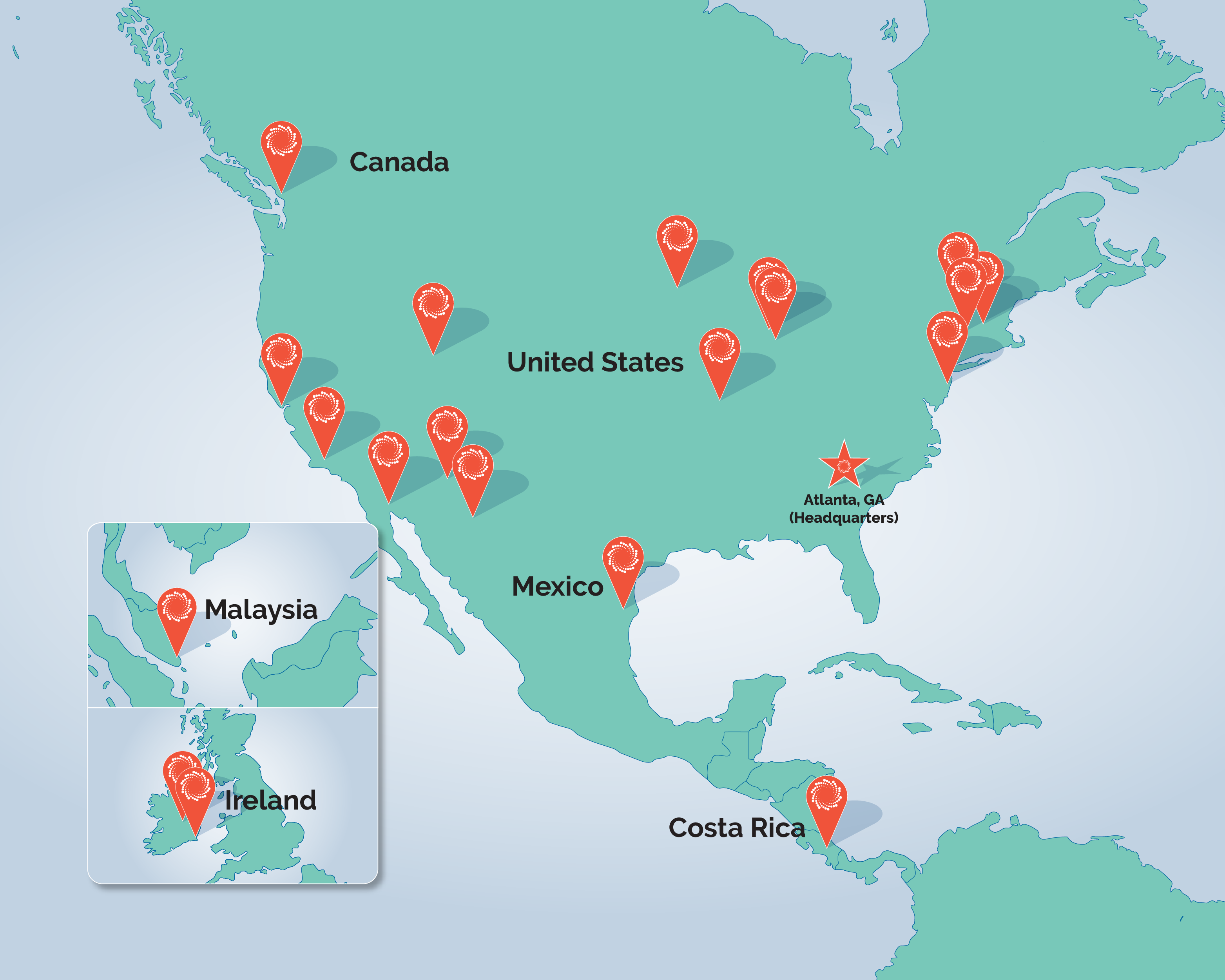
From these beginnings through to the present day, HORIBA Scientific and its associated companies have been at the forefront of the development of Raman spectroscopy. HORIBA Scientific now incorporates the major innovators of Raman instrumentation from the 1960s to the 1990s - Spex Industries, Coderg/Lirinord/Dilor, and Jobin Yvon. False color images can be created based on the Raman spectrum – these show the distribution of individual chemical components, and variation in other effects such as phase, polymorphism, stress/strain, and crystallinity. Motorized mapping stages allow Raman spectral images to be generated, which contain many thousands of Raman spectra acquired from different positions on the sample. It can even be used for the analysis of different layers in a multilayered sample (e.g., polymer coatings), and of contaminants and features beneath the surface of a transparent sample (e.g., impurities within glass, and fluid/gas inclusions in minerals). Raman micro-analysis is easy: simply place the sample under the microscope, focus, and make a measurement.Ī true confocal Raman microscope can be used for the analysis of micron size particles or volumes. Such analysis is possible using a Raman microscope.Ī Raman microscope couples a Raman spectrometer to a standard optical microscope, allowing high magnification visualization of a sample and Raman analysis with a microscopic laser spot. Raman spectroscopy can be used for microscopic analysis, with a spatial resolution in the order of 0.5-1 µm. Each peak corresponds to a specific molecular bond vibration, including individual bonds such as C-C, C=C, N-O, C-H etc., and groups of bonds such as benzene ring breathing mode, polymer chain vibrations, lattice modes, etc. However a small amount of light (typically 0.0000001%) is scattered at different wavelengths (or colors), which depend on the chemical structure of the analyte – this is called Raman Scatter.Ī Raman spectrum features a number of peaks, showing the intensity and wavelength position of the Raman scattered light.

Most of the scattered light is at the same wavelength (or color) as the laser source and does not provide useful information – this is called Rayleigh Scatter. Raman is a light scattering technique, whereby a molecule scatters incident light from a high intensity laser light source. It is based upon the interaction of light with the chemical bonds within a material. Raman Spectroscopy is a non-destructive chemical analysis technique which provides detailed information about chemical structure, phase and polymorphy, crystallinity and molecular interactions.


 0 kommentar(er)
0 kommentar(er)
